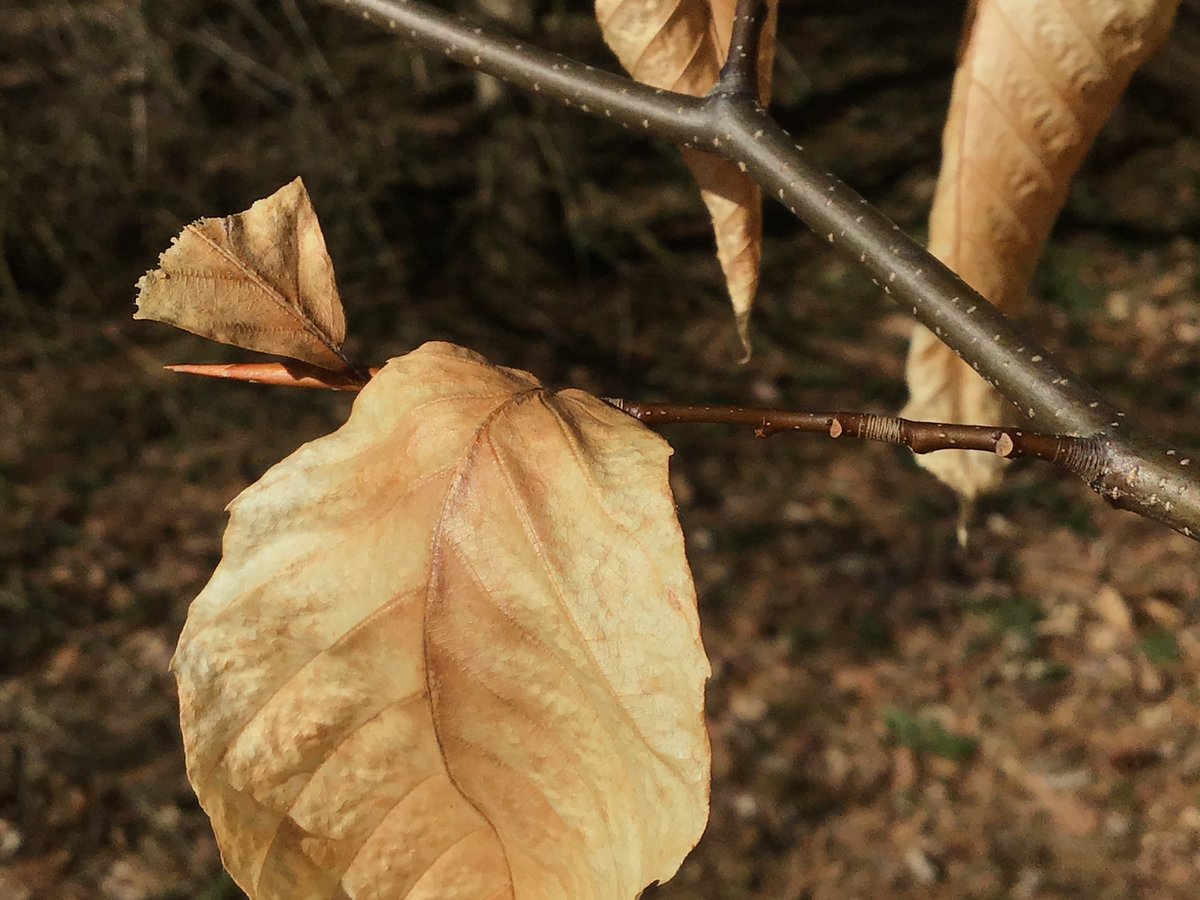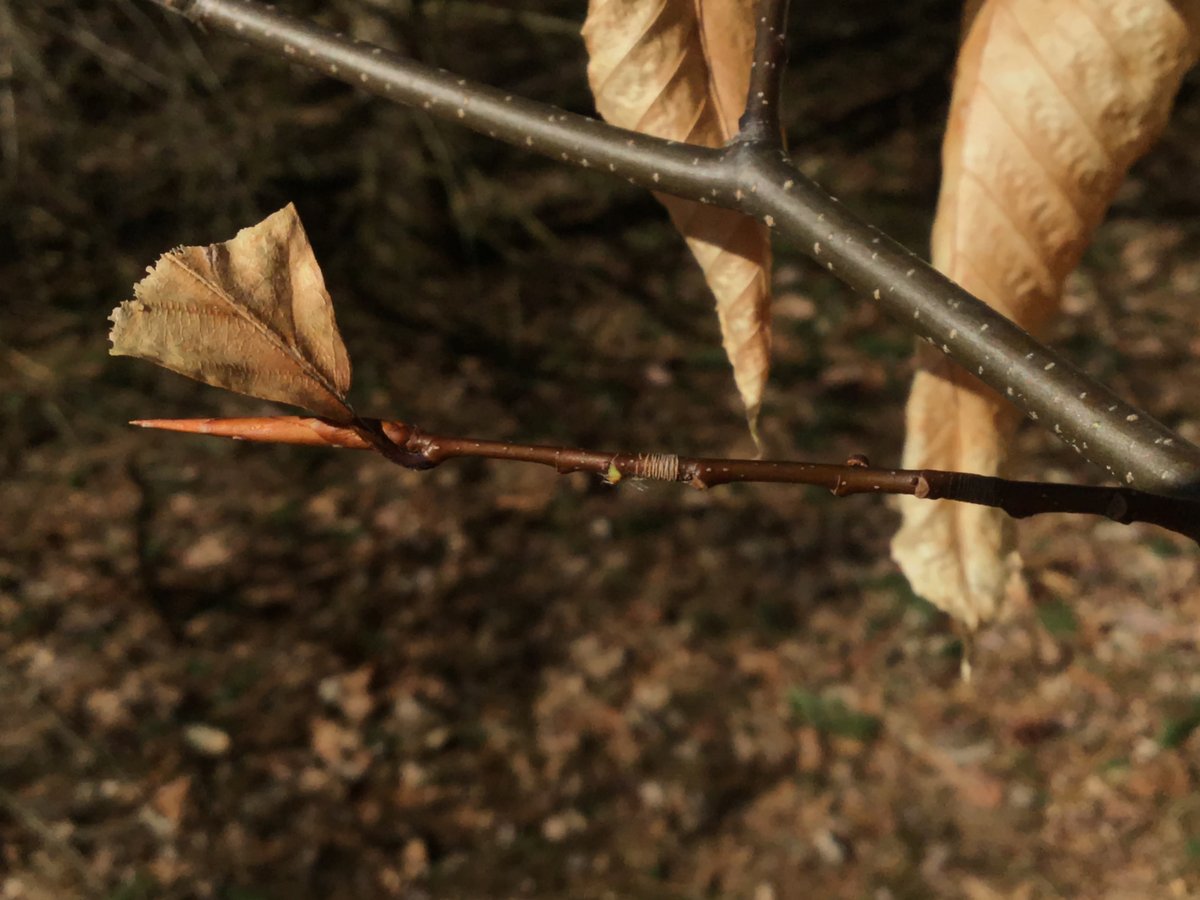What happens to leaves in fall
The act of shedding leaves is an active process. In the late fall, as daylength shortens and temperatures drop, the twig begins a three stop process as it prepares to for winter. First, nutrients and stored starch in the leaf start to break down and get piped back down into the twig. Second, the twig creates what’s called an abscission layer. A layer of cork cells on the branch side of things are laid down to plug up and protect the site where the leaf falls off. Third, on the leaf side of things, the cells begin to kill themselves off (apotosis) so that the leaf can cleanly fall away from the branch without tearing off any of the bark on the twig.


What happens to leaves in spring
If everything goes according to plan, the tree can complete the process before a hard frost kills the leaves. This can be tricky for species like glossy buckthorn and Norway maple, which keep their leaves significantly longer than most other trees. Back in mid-November of 2018, when buckthorn and Norway maple still had green leaves, temperatures dropped down to about 15 degrees (link). Most of the leaves died on the branch and the process of shedding leaves stopped.

But for some species, like witch-hazel, beech, and the oaks, hanging onto dead leaves through the winter is part of their strategy. There are a few reasonable of hypotheses for why this happens: dry, nutrient-poor leaves are a solid predator deterrent, the leaves create a protective microclimate around the bud (I’ve written on this before: here and here). The first step – retrieving nutrients from the leaf – happens alongside the other deciduous trees in September through October. But the latter stages are halted so that the dry, brown leaf hangs on the twig throughout the winter.

And now, as temperatures warm back, the active process of shedding leaves that began in the fall can continue. The twig continues to cork over what will become the leaf scar and the abscission zone reactivates until the dead leaf is easily plucked from the twig by a gentle spring breeze!
So over these next few weeks, keep an eye towards these marcescent trees and shrubs and watch the last lingering remnants of fall drop to the forest floor.




